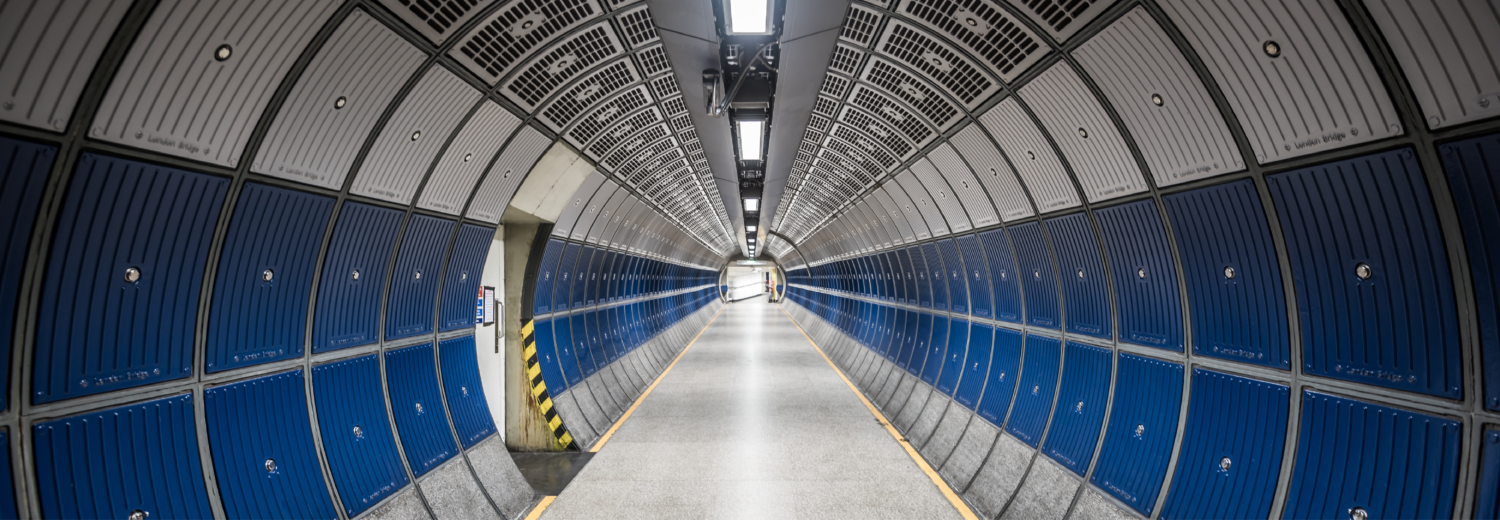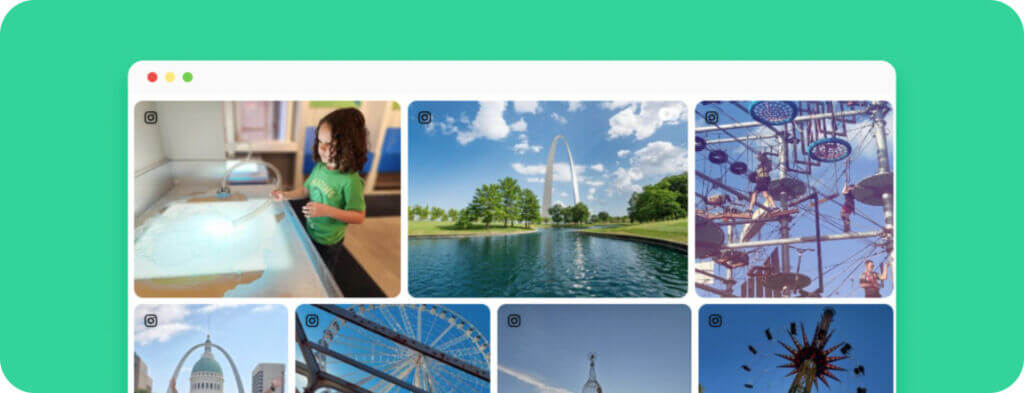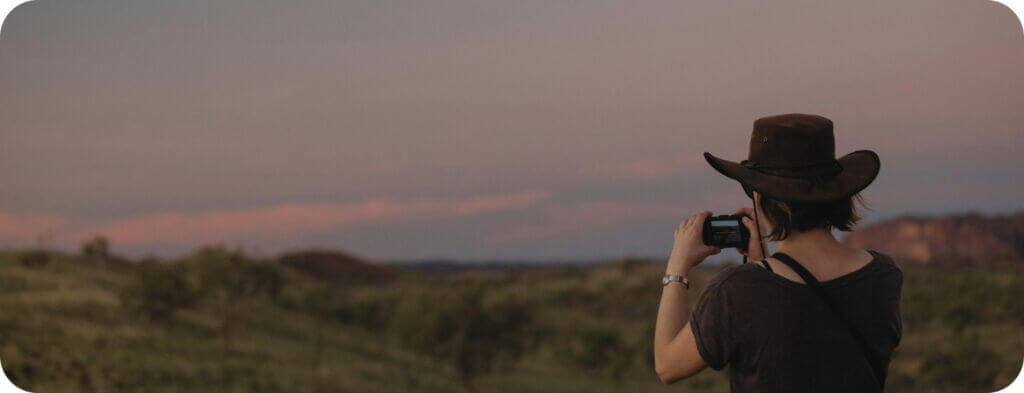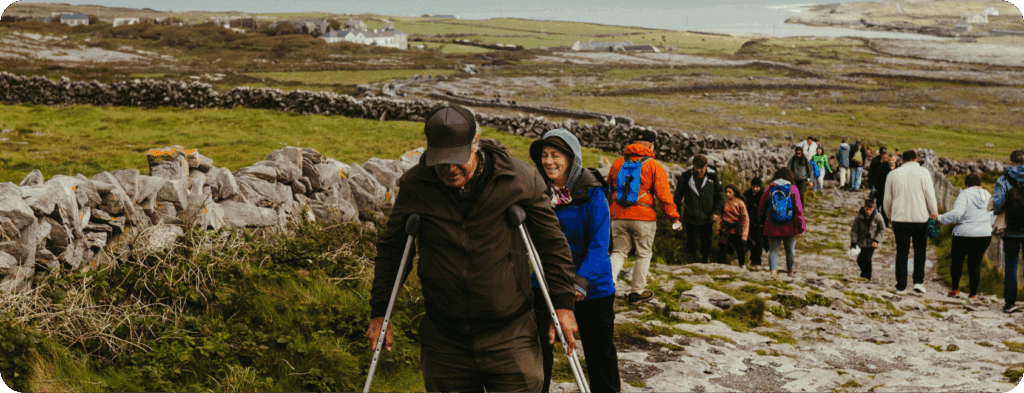As destination marketers, we talk about digital asset management a lot, because in the age of visual decision-making, photos and videos are key resources, and our content libraries are growing everyday.
But the term “digital asset management” can be a bit daunting – it sounds complex. It sounds like something that requires expertise and carefully calibrated tools.
Really, though, digital asset management just describes a set of functionality: the ability to store, access and share digital files. It’s easy to think that a tool that calls itself a DAM (digital asset manager) would be the best solution for the task, but you have to think of digital asset management in terms of functionality, not product labels.
Technically, anytime you upload photos to your hard drive, you’re engaging in digital asset management – a rudimentary form of digital asset management, but digital asset management nonetheless. It’s a simple example, but it proves the point: you need to think in terms of functionality. You’re managing your digital assets somehow, regardless of whether you’ve invested in a DAM.
That’s why it’s important to take a step back and ask yourself whether your DAM is really delivering what you need it to. Are you getting functionality that fits your daily operations, or are you bending your daily operations to fit a product?
Here are five simple questions that’ll help you see why CrowdRiff is an upgrade over a DAM.
1 | Does it include UGC?
The whole point of a DAM is to centralize your assets so you can manage them more easily. Today, as soon as you talk about storing your visuals, you have to include user-generated content. UGC isn’t a nice-to-have anymore, it’s an essential part of your content library, and without being able to store it alongside your owned assets, the value of your DAM is already in question.
CrowdRiff brings all your visual content together in full compliance with the social networks’ terms of service and regulations like GDPR.
2 | Does it work on mobile?
A mobile-friendly design is a must when you’re sharing visuals. You work on the go, and the journalists, editors and content creators you collaborate with on a daily basis do too. These days, your office is wherever you are, so your tools need to travel.
CrowdRiff’s Media Hub was built for the modern destination, allowing you to share content on any device.
3 | How’s the experience for collaborators?
The world has become far more connected, which has changed the way we collaborate. We share visual assets across offices, cities and continents on a daily basis, and since we do it so often, the experience of that collaboration has taken on greater importance.
A lot of legacy DAMs were built with an internal focus: it was about storage, access and retrieval more than distribution and collaboration. But the workplace a lot of DAMs were built for simply doesn’t exist anymore.
Now, you’re sharing visuals with content creators from outside your organization – people for whom the experience of working with your destination is a factor in determining whether they’ll work with you again.
You need a solution that considers the experiential element of asset management and allows you to create an environment that works for everyone.
4 | Is it integrated with the rest of your tools?
DAMs are supposed to make your visual content cycle more streamlined and reliable by keeping your visuals at your fingertips when you need them. They’re supposed to help content teams gather photos for blog posts, social teams grab videos to share on Instagram and anyone else that relies on visuals find what they need.
Unfortunately, legacy DAMs are falling short on two levels.
Again, the lack of UGC integration is an issue here. If you can’t store your owned and user-generated content in the same place, your assets aren’t central, and a splintered content library introduces immediate problems.
What are the chances everyone’s going to remember all the different places your content’s being stored?
Even if they do, are they really going to check all those sources to find the very best content, or are they going to trade quality for convenience?
It took under a minute to create this UGC gallery with CrowdRiff. Can your DAM say that?
In a broader context, you want your DAM to help you centralize your operations in addition to your assets. Ideally, that means integrating the sourcing, management, curation, display and distribution of content. In other words, if the place you store your digital assets is the same place you create galleries for your website and blog, secure rights to social content, develop ad creative and share content with media and partners, it’ll save you time and make your life easier.
If your current DAM is disconnected from your other tools, how much is it really streamlining things?
CrowdRiff combines the functionality of a UGC platform and a DAM to deliver a full-cycle solution for any team that works with visuals.
5 | Who’s behind it?
The nature of technology is change. New platforms emerge, social networks evolve, and marketing trends adapt to those evolutions. The way you work won’t look quite the same two years from now, and any technology solution needs to know that. Innovation is essential to long-term success.
That’s why you need to look behind the curtain of your DAM. Here are a few key questions to ask:
Does it specialize in travel and tourism?
Some DAMs choose to cater to photographers by focusing on highly technical features around things like metadata fields, image integrity and versioning. Others aim to capture market share by trying to support as many file types and create as many app integrations as possible. There’s nothing wrong with either approach, but how do your priorities as a destination marketer align with theirs? Are the features they’re likely to develop going to benefit you?
Is it its own company or part of a larger solution?
If a company’s sole mission is to deliver a better DAM experience, every day is spent learning about its target market, interviewing industry professionals and developing new ways to serve its customers. Let’s be honest, the fate of the company depends on it. Innovation is tied to survival, and that leads to a better product for you.
Sometimes, when those niche companies are acquired, that focus changes. If your DAM suddenly goes from being a standalone product to a small part of a larger suite, product innovation may no longer be the number one priority.
Does it have a track record of innovation?
Even without doing any research into other solutions, you can tell a lot by reflecting on your experience with your current DAM.
How many features are they releasing in a typical month?
How often are they asking for your feedback, and how often do you actually see your ideas implemented?
How much do they share with you about what they’re working on?
You should be looking for a visual content platform that’s going to grow with you and adapt to your changing needs.
It’s time to ditch your DAM
CrowdRiff bakes all the digital asset management functionality you’re looking for – storing, organizing, and sharing visual assets – into one platform and integrates it with your other core marketing functions.














